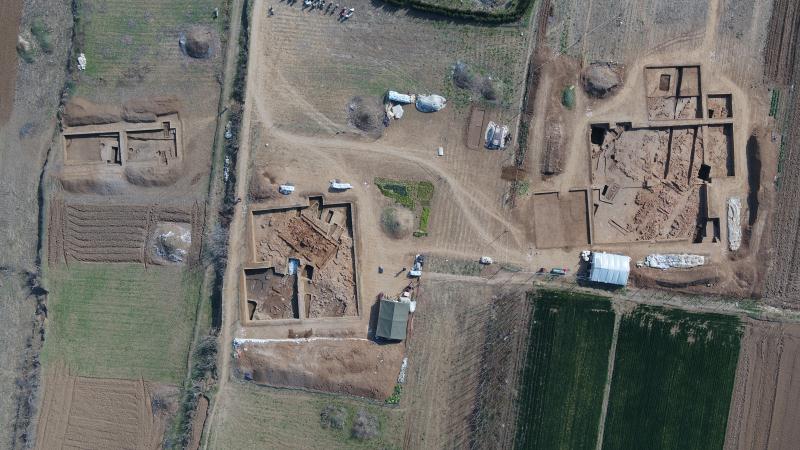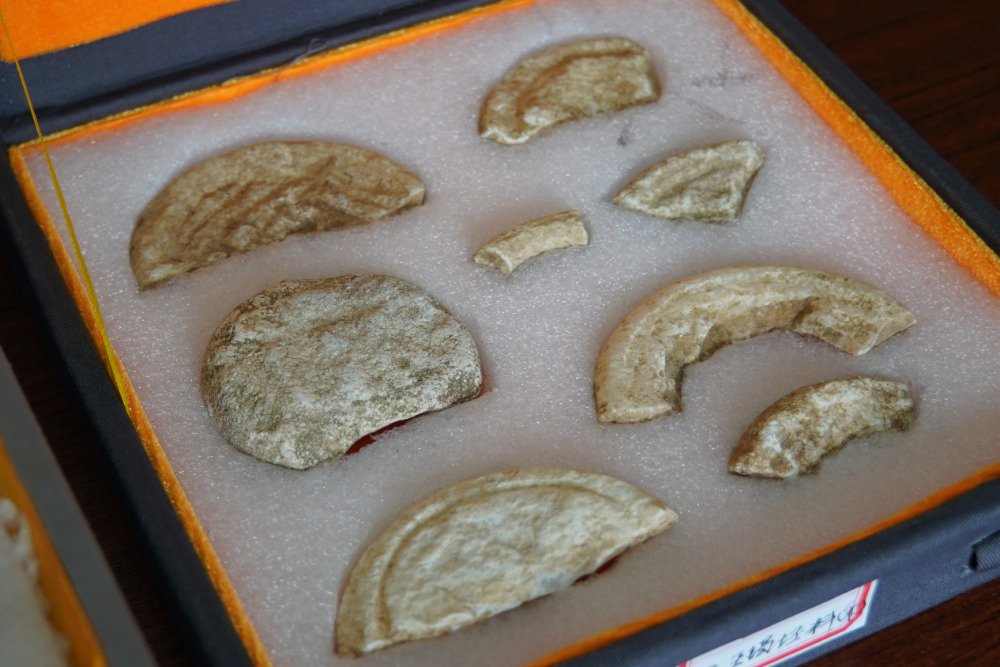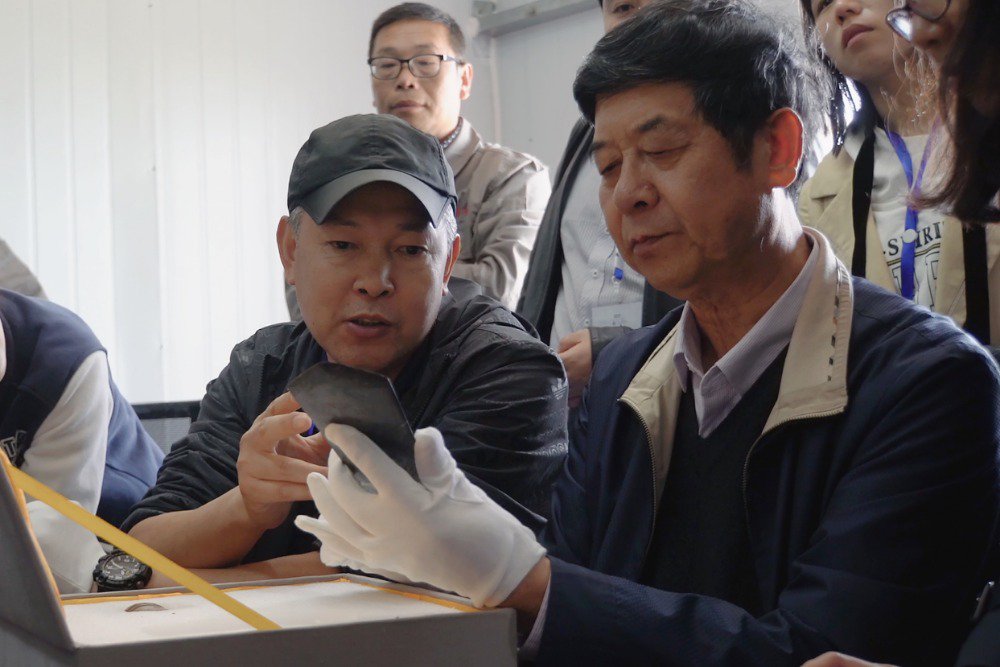vesicles
Colonel
And I know all about legalism and Confucianism but legalism has not left imprint in the Chinese history except the brief Qin dynasty with disastrous result that it was repudiated forever in the anal of Chinese civilization.Effort underway to resurrect it once in a while but never take traction
The distinction between Confucianism and Legalism has not been as clear as you would have thought. In virtually every dynasty, there has been a blend of both Confucianism and legalism. When the society becomes chaotic, the government tends to invoke Legalism policies. Then they shift to more calm Confucianism policies when the society becomes more harmonious and prosperous.
For instance, Tang Dynasty has a prolonged period of Legalism when Wu Zetian was in power. She used the infamous “Ku Li” (or brutal officials) to purge anyone who dares to oppose her. When she felt that the society was more stable, she abolished the brutal tactics and implemented more calm policies. One of her most capable brutal officials was so proud of his own heinous work that he actually wrote a book on how to purge other officials. He especially emphasized how to frame those innocent officials, various ways to turn their family members against them, etc etc etc.
The Martial Emperor of the Han dynasty also used “brutal officials” extensively to force everyone to follow his orders. Similarly, he went to more mild policies later on. Of course, the Martial Emperor became paranoid in his old age and started another around of Legalism harsh policies. He later wrote an article to publically apologize for his harsh treatment of his people.
Ming dynasty’s Jin Yi Wei and the infamous East Factory were other excellent examples of the implementation of the Legalism, which emphasizes self-monitoring among co-workers, neighbors and family members.
There is a famous Chinese saying: you must be heavy handed during chaotic times. This is exactly the Legalism belief. And the Chinese have followed this belief all this time, even though their central believe is the Confucianism. I view Mao’s period is an extension of the Legalism. Everything done during the Cultural revolution has been done by others in ancient China. Yes, the scale is so much bigger, but the nature of things has not been changed. If you read a little on the history of the brutal officials in Han, Tang and Ming dynasties, you will see that.
Last edited:




